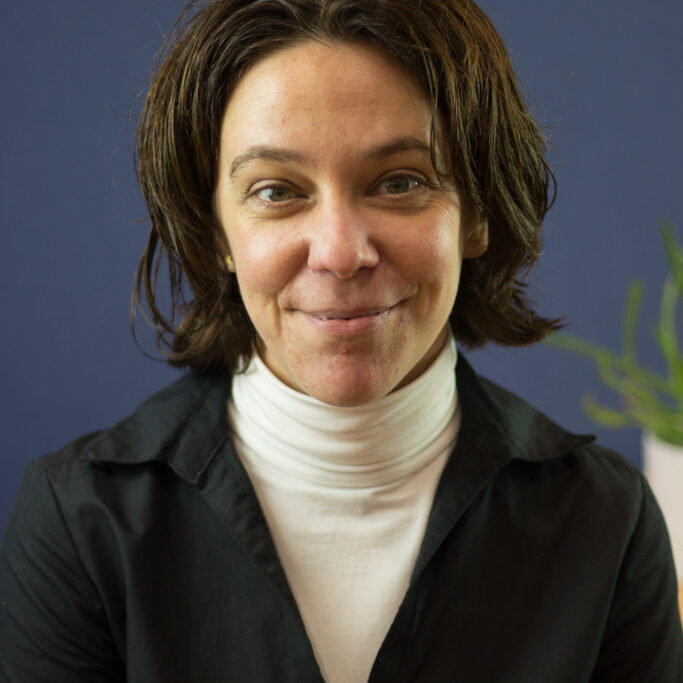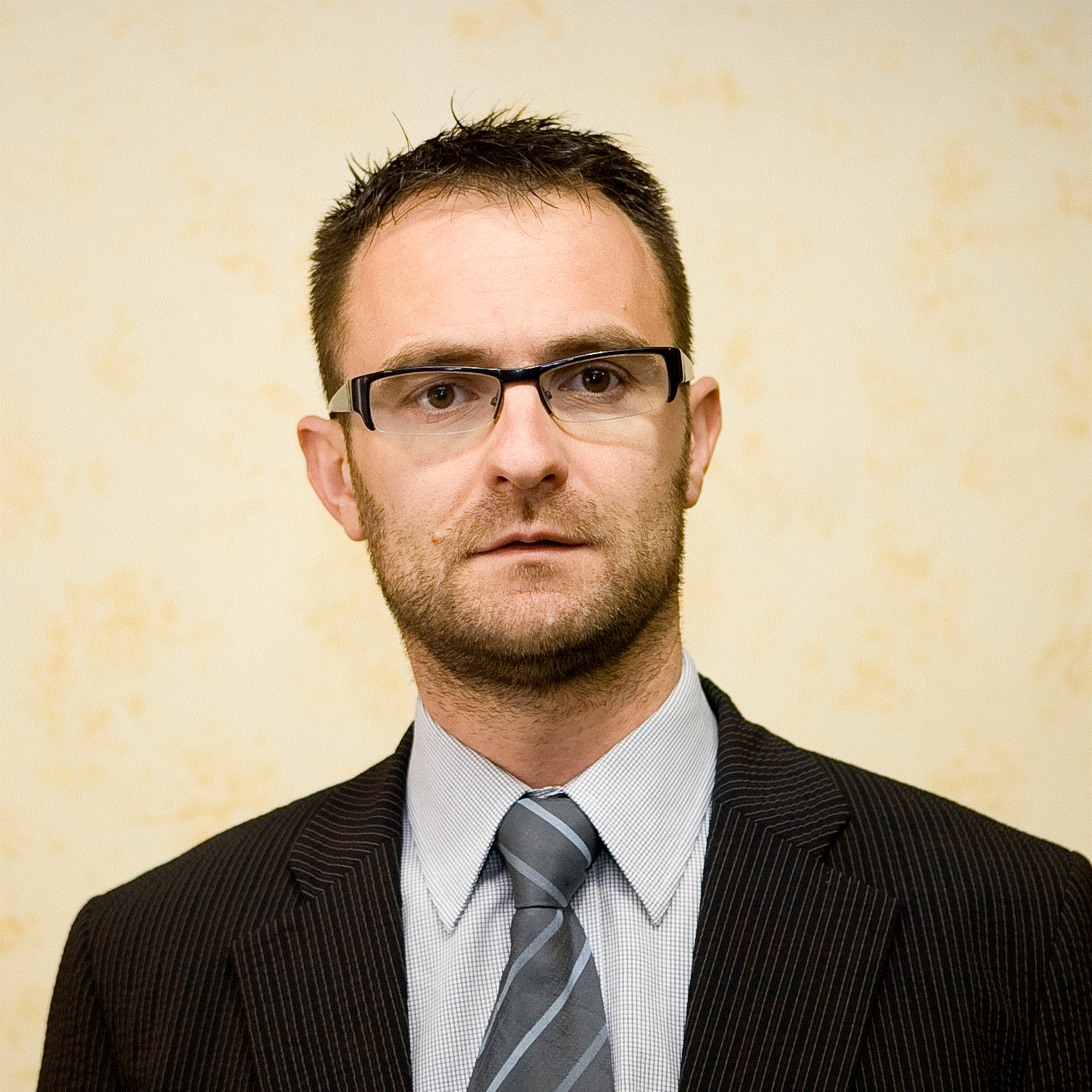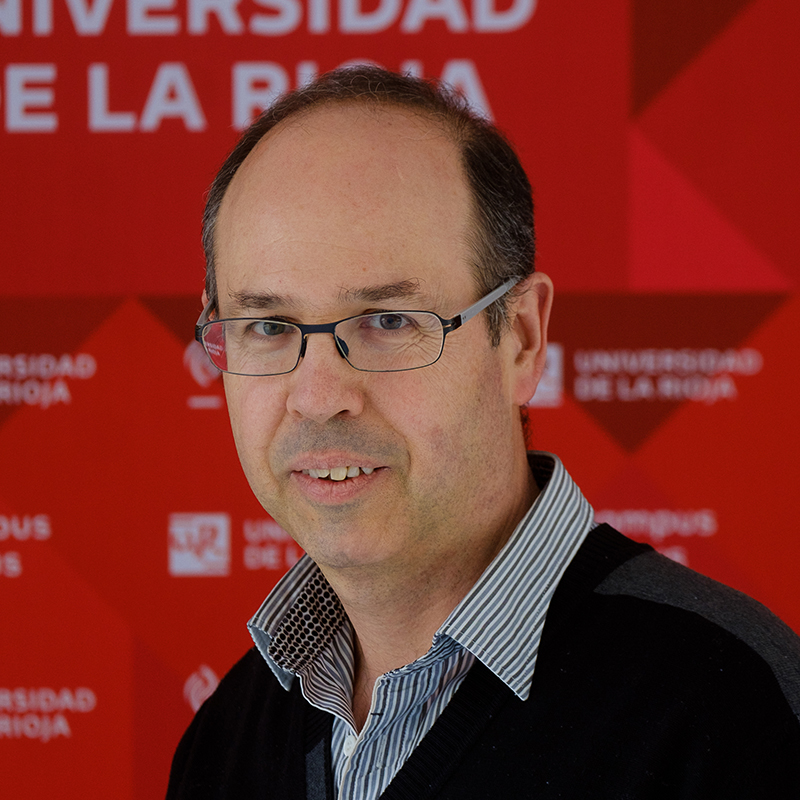AREA
MAT/ Materials Science and Technology
SUB AREA
MEM/ Materials for Energy and Environment
KEYWORDS
NANOMATERIALS SYNTHESIS; PHOTOACTIVE ORGANOMETALLIC COMPLEXES; NANOSTRUCTURED MATERIALS; COMPOSITE MATERIALS; LIGHTING; ENERGY; PHOTOCATALYSIS.
SUPERVISORY TEAM

DR. MARÍA BERNECHEA NAVARRO
Supervisor
Dr. María Bernechea is permanent senior researcher (ARAID) at Instituto de Nanociencia y Materiales de Aragon (INMA). She obtained her PhD (Cum laude) in chemistry with European mention in 2006. Her research interests focus on the development of nanomaterials for clean energy (solar cells, electrochemical storage systems, and photocatalysis). Since 2017 she is principal investigator of 3 national projects, one in collaboration of a company, and 1 European project (also coordinator). Her work has given rise to several presentations in conferences (3 plenary), the publication of more than 35 articles in Q1 international journals (among them 3 Nature family papers), 2 patents. Projects: PID2019-107893RB-I00, PCI2019-103637, LMP35_18. Patents: US9349888-B2, EP2837038-B1, US10396231-B2. Publications: https://goo.gl/3Eigrm

DR. JULIO GÓMEZ CORDÓN
Co-Supervisor
Dr. Julio Gomez is the CEO and Founder of AVANZARE. He has participated in 28 European Framework Program projects been in 85% as principal researcher and coordinator in 2 of them, 1 in USA and over 50 national projects. Author of 62 papers (H-factor 28, 0000-0002-6749-4354) and inventor is 13 family of patents. He was the director in 2 PhD thesis. He is President of the Spanish Graphene Association. Expert in ISO TC229, IEC113 (Project Leader in 2 Projects of Standards) and UNE GT15 standardization committees in nanotechnology. He received the Entrepreneurship National Award in 2008. European award in best practice in innovation. UK 2012. Best product award NANOTECH 2008 USA. Finalist of National Awards of the Spanish Centers in Excellence 2014. Dr. Julio Gómez has experience in the development of nanomaterials and their commercial applications in different sectors. His experience can give a unique perspective on the development of materials from a commercial point of view, focusing on feasibility and commercial revenue, broadening the academic vision, usually focusing on fancy properties.

DR. JESÚS RUBÉN BERENGUER MARÍN
Co-Supervisor
Jesús Berenguer is Permanent Professor of Inorganic Chemistry at Universidad de La Rioja where he has codirected six PhD Thesis (h-index 30; ORCID 0000–0002–6539–7171). He obtained his PhD in Chemistry (Cum laude) in 1990. His research is focused on the design of photoactive organometallic complexes and hybrid organometallo/metallic-oxide (mainly SiO2 and TiO2) nanostructured materials and their use in lighting, energy or biomedical applications. This work has given rise to 1 patent and the publication of 72 articles (more than 80 % in Q1 international journals), including 3 review articles (2 Coord. Chem. Rev. and 1 ChemCatChem). Several recent articles include 1 Adv. Energy Mater., 1 Adv. Funct. Mater., 1 Mater. Horiz. and 2 Adv. Opt. Mater. He has participated in 11 National Research Projects, being the IP in the last three ones. He has also participated in about 100 communications to national and international Chemistry or Materials meetings (20 of which are oral communications) and has given several conferences (research and divulgation) at different forums by invitation of the corresponding organizing committee. He is the responsible of the X-Ray Diffraction Laboratory of the University of La Rioja
RESEARCH GROUP
DESCRIPTION
The “Nanoporous Films and Particles” (NFP) research group is led by Prof. Jesús Santamaría and located at the Instituto de Nanociencia y Materiales de Aragón (INMA), which is part of Universidad de Zaragoza and the Spanish Research Council (CSIC). INMA is a multidisciplinary research center devoted to Nanoscience, Nanotechnology and Advanced Functional Materials. The activities of the NFP group focus on four research areas: 1) Nanomaterials synthesis, 2) Nanomaterials for energy, environment and security, 3) Novel catalysts and contactors and 4) Nanomedicine. There are strong links and interactions among researchers involved in the different areas.
OUTPUTS OF RELEVANCE
In the last 5 years, the group has led more than 20 research projects (3 European projects) leading to the signature of 5 patents (one in exploitation), the publication of 241 articles in high impact indexed journals, and the participation in 243 conferences (154 international).
The group has delivered 146 oral presentations (47 invited) and has organized 3 international conferences. 19 doctoral theses have been defended (with maximum qualification) 10 final degree theses and 23 final master theses, all of them with very high qualifications.
NETWORK OF COLLABORATORS
Avanzare (http://www.avanzarematerials.com/es/), Ingeobras (http://ingeobras.com/), Robert Dominko (NIC), Elżbieta Frąckowiak (PUT).
Additionally, the NFP group has collaboration with several national and international research groups and companies. These collaborations are demonstrated by the participation in a great number of national and international projects, the signature of several private contacts, and the activities organized in the framework of the Nanotechnology SAMCA chair.
CAREER DEVELOPMENT
PROPOSED SECONDMENT
A research secondment for 6 months is offered at AVANZARE under Dr. Julio Gomez supervision. The postdoctoral researcher will have the opportunity of working in an industrial environment and transfer the results obtained in research laboratories to such environment with access to their complete facilities (3.500 m2) of labs and pilot plant. Dr. Julio Gómez has experience in the development of nanomaterials and their commercial applications in different sectors. His experience can give a unique perspective to the postdoctoral researcher on the development of materials at industrial level and from a commercial point of view, focusing on feasibility and commercial revenue, broadening the academic vision, usually focusing on fancy properties.
DESIRABLE DEVELOPMENT
Employability
Building collaborative networks
Fundraising (grants, projects)
Trainings
Teaching and supervision
TRAINING SKILLS
Project management
Supervision of students and researchers
Grant writing
Communication skills
Ethics in research
IPR
Leadership
Spanish
Technical training in the use of equipment (e.g. TEM microscopy)
OTHERS
The research line that the postdoctoral researcher would work on is 2) Nanomaterials for energy, environment and security, that focuses on the development of nanomaterials for different applications: catalysis, photocatalysis, solar cells, sensors, etc. The incoming researcher will have access to laboratory space, standard laboratory facilities, advanced nanomaterial synthesis facilities and characterization techniques.
More specifically: equipment for synthesis of materials and coating of surfaces including stoves, autoclaves and ovens for calcination under different atmospheres, spin-coaters, dip coater, glove box, microfluidic system for nanoparticles synthesis and centrifuges. Characterization equipment: thermogravimetric analysis, dynamic light scattering and zeta potential measurements, microwave plasma-atomic emission spectroscopy, UV-VIS-NIR absorption/reflectance (200-2200 nm) and gas adsorption equipment for textural properties. Moreover, NFP group belongs to the Instituto de Nanociencia y Materiales de Aragón (INMA), a multidisciplinary research centre devoted to Nanoscience and Nanotechnology. INMA hosts the National Advanced Microscopy Laboratory (http://lma.unizar.es/) a facility with several advanced instruments including two UHRTEM Titan microscopes with sub-angstrom resolution) and state-of-the-art characterization facilities (XRD-SAXS, SEM, AFM, XPS and UPS). Raman spectroscopy (lasers: 488nm, 532nm, 633 and 785nm), FTIR with ATR accessory. Clean room class 100 facilities equipped with elements for lithography processes and metal evaporator machine, profilolemeter, CVD and RIE equipment. There are four manufacturing techniques for thin-film growth: pulsed laser ablation (PLD), sputtering, epitaxial growth by molecular beam techniques (MBE) and chemical vapor deposition assisted by plasma (PECVD) and the CESAR High Performance Computing cluster to the ICTS RES.


